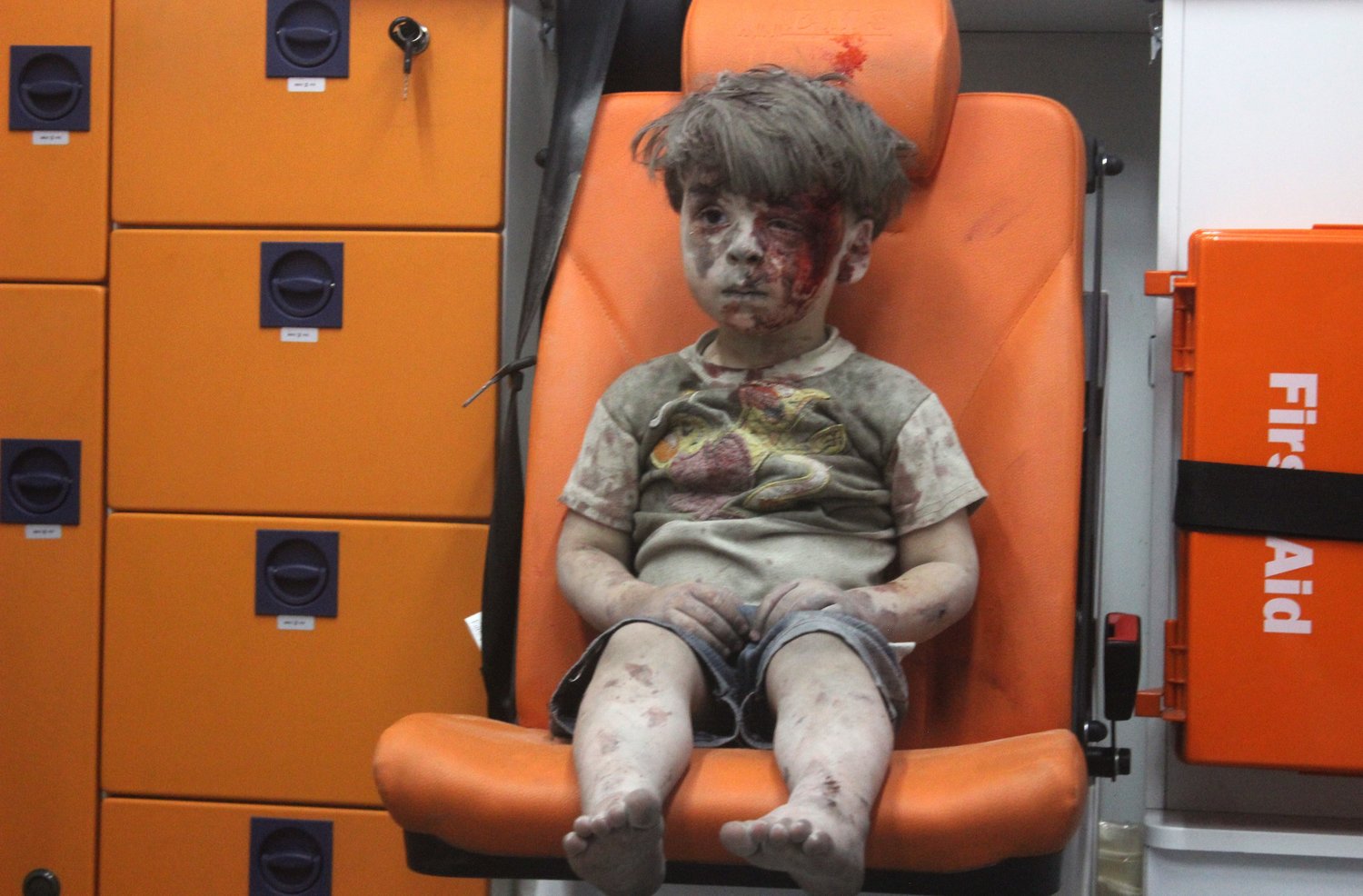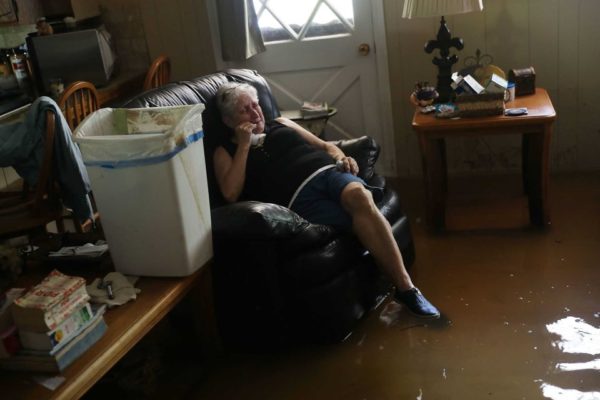Notes
Omran and Alan: The Limits of the Photo of the Wounded Aleppo Boy

As we see every couple of months or more, the media and social media was rocked to attention last week by another gripping news photo. This time, the subject was Omran Daqneesh, a five-year-old victim of a Syrian, or perhaps Russian airstrike. In the photo, we find him the child from Aleppo sitting alone and in shock in the back of a well-outfitted ambulance.
Inevitably, the Omran photo is reminiscent of the photo of Alan Kurdi, the viral image of the three-year-old Syrian immigrant whose body washed ashore in Turkey one year ago, less a week or so. If the Kurdi image had a rippling effect, however, focusing the world’s attention on the spiraling immigration crisis, the Omran photo seems to be drawing more emotion and attention to the tragic nature of the photo itself.
Perhaps some of it has to do with timing, the dual spectacles of the Olympics and the Trump election show in full swing last week. The more significant difference with the Kurdi photo, however, has to do with how much the Europeans, and America, too, had skin in the game. As affecting as it is, the Omran photo is running up against Western ambivalence and impotence in the face of Syria’s self-immolation, and, here in the States, the hardened disinterest in the situation.
Ultimately, and in contrast to the Kurdi wake-up call, the Omran photograph is a rescue fantasy. It allows us to empathize and pretend our concern is meaningful mostly for the length of time we rest our eyes on it. In fact, if we weren’t as defended against the Syrian crisis as we are, the contribution here might have been the illumination and amplification of just how numb we are to the fate of this land and her children. The NY Times punctuated the limit of compassion with photos of children in similar, yet somehow not-viral poses in the same hospital, the same day.
Finally, what undermines the jump from affect to effect, as much as we empathize for one dazed child, is how the photo fails to situate us to setting or place. (The photo fails to connect us to culture, also, given that Omran, covered in ash, does not even reflect an ethnicity.) As I’ve written before, “storytelling” has become a larger factor and element in the more impactful news photo. The Kurdi picture, for example, was not just the heart-wrenching image of a body that washed ashore. In that photo, we had the whole geography of the immigrant crisis laid out in front of us. In the sands of Bodrum, we had the Turkish end point in the land route from Syria as well as the debarkation point to Kos, the Greek island and human relay to the European mainland. And in that photo, also, we had the immediate killer and the proxy for Western protection and neglect, the haunting and toxic Mediterranean sea.
In Omran’s case, the photo might as well have been shot in a business office or an orange-y airport lounge. Well, the cake of dust and blood is quite powerful in evoking the scene and circumstances outside, you say. Here though, the emotion and the allusion must double as the fuel to embed that physical and political situation in our minds. We must ask ourselves, though, if there is really enough energy or context, on top of the will behind it, to connect “the viral poster” more substantively to Aleppo and Assad?
If you’ll go with me on this, you might even see this photo of Omran as a Pieta image. I say that because of the way the ambulance so safely and assuredly envelopes the child like a rolling Madonna. Even more embracing than painted or carved marble arms, this more technological version is more like a womb, really. And how comforting that the one wounded child physically aligns with a rescue box not just dictating the presence of aid, but even spelling it out it — in English. Inside the box, in the vibrant, protective and generically-familiar trappings you’d encounter in any American city or town, we’re actually more insulated from the horror outside this casing than anything else.
(photo: Mahmoud Raslan/Anadolu Agency/Getty Images. caption: A 5-year-old boy, identified in news reports as Omran Daqneesh, sits in an ambulance Wednesday after reportedly being pulled out of a building hit by an airstrike in Aleppo, Syria.)


Reactions
Comments Powered by Disqus